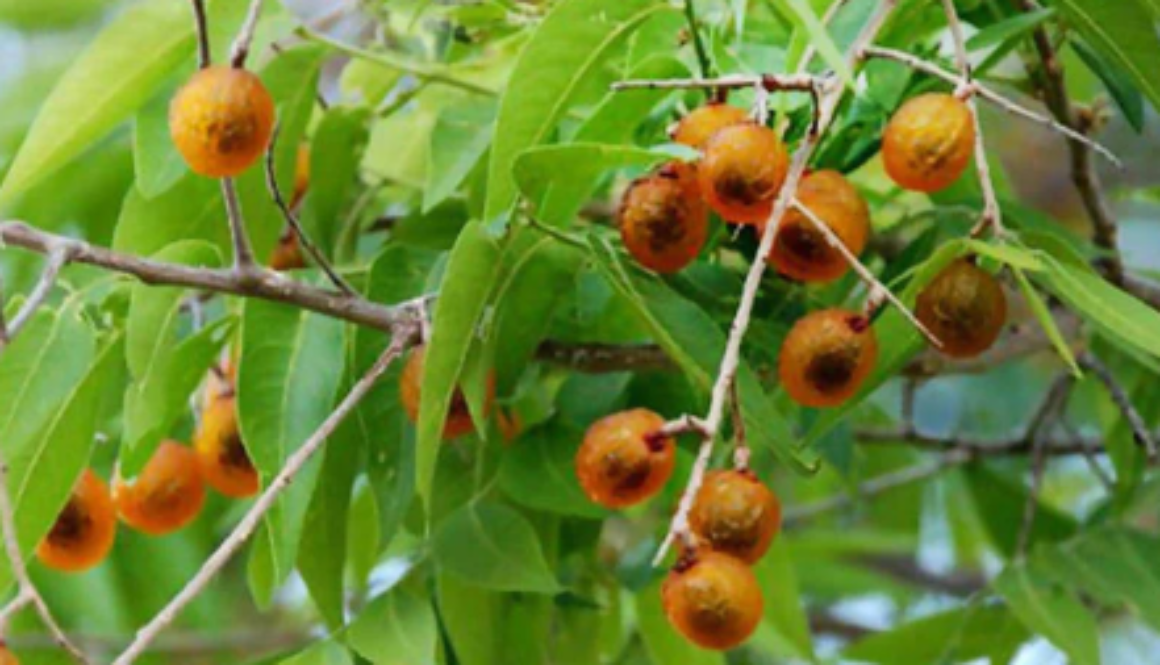Soapnut tree
The Soapnut Tree (Sapindus spp.), also known as Soapberry Tree or Soapnut Plant, is a tropical tree native to South Asia and parts of North America. Revered for its environmentally-friendly cleaning properties, this tree produces fruit containing natural saponins, making it a sustainable alternative to chemical-based detergents.
Parts Used:
The fruit of the Soapnut tree, known as soapnuts or soapberries, is the primary part used for its cleansing properties. The outer shell of the fruit contains high levels of saponins, which create a natural lather when agitated in water. This lather effectively removes dirt, grease, and grime from clothes, dishes, and household surfaces.
Usage:
Soapnuts are commonly used as a natural detergent in various household applications. They can be placed in a cotton or muslin bag and added to laundry during washing cycles, providing a gentle yet effective cleaning solution. The extracted liquid from boiled soapnuts can also be used as a multi-purpose cleaner for floors, surfaces, and even as a mild shampoo for hair. Soapnuts are biodegradable, hypoallergenic, and suitable for individuals with sensitive skin, making them a popular choice among environmentally-conscious consumers.
Agrotechniques:
Cultivating Soapnut trees requires a warm, tropical climate with well-drained soil. The trees prefer full sun exposure and regular watering, especially during the growing season. Soapnut trees can be propagated from seeds or cuttings, with planting typically done in spring or early summer. Regular pruning helps maintain tree health and shape, while mulching and fertilizing can improve soil fertility and plant vigor.

